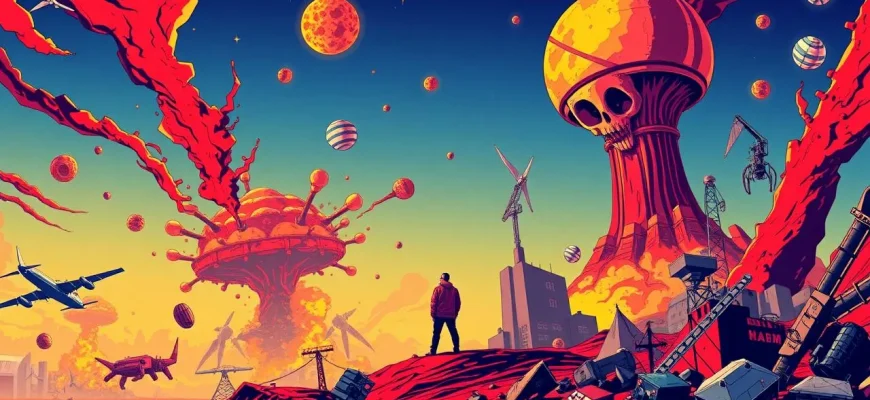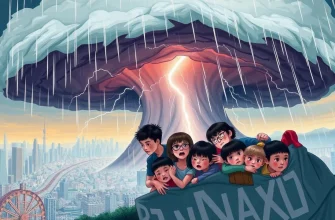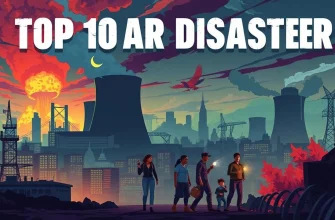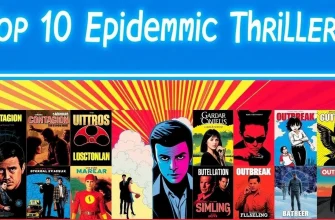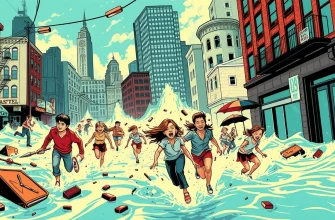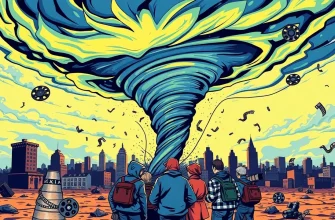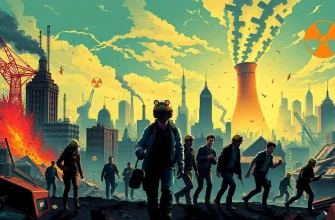This curated selection of films offers a thrilling journey through various scenarios of the end of the world. From nuclear disasters to pandemics and alien invasions, these movies not only entertain but also provoke thought about human survival, resilience, and the fragility of our existence. Each film in this collection provides a unique perspective on how humanity might face its ultimate challenge, making it a must-watch for fans of suspense, drama, and speculative fiction.
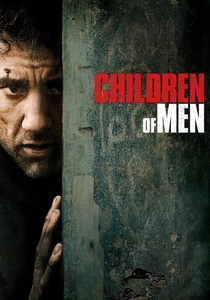
Children of Men (2006)
Description: Set in a dystopian future where humans can no longer reproduce, this film explores themes of hope and despair in a world facing extinction.
Fact: The film features a single, uninterrupted 6-minute shot during a pivotal action sequence, which was technically challenging.
 Watch Now
Watch Now
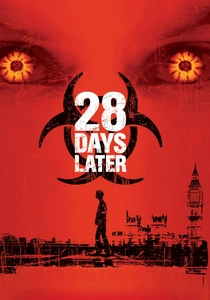
28 Days Later (2002)
Description: A virus outbreak turns people into rage-filled zombies, leading to the collapse of society. This film is included for its portrayal of a biological apocalypse and the ensuing chaos.
Fact: The film was shot on digital video, which was innovative at the time, giving it a raw, documentary-like feel.
 Watch Now
Watch Now
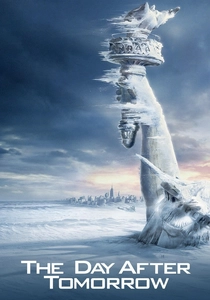
The Day After Tomorrow (2004)
Description: This film explores the catastrophic effects of global warming, leading to a new ice age that threatens the survival of humanity. Its inclusion in this list is due to its depiction of a sudden, drastic climate change event.
Fact: The film was inspired by the book "The Coming Global Superstorm" by Art Bell and Whitley Strieber. It was also one of the first major films to address climate change.
 Watch Now
Watch Now
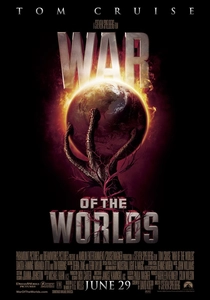
War of the Worlds (2005)
Description: An adaptation of H.G. Wells' classic, this film showcases an alien invasion leading to global panic and destruction, fitting perfectly into our theme of apocalyptic scenarios.
Fact: The film was directed by Steven Spielberg, who had long wanted to adapt the novel.
 Watch Now
Watch Now
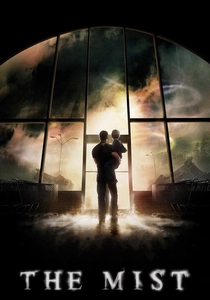
The Mist (2007)
Description: After a mysterious mist envelops a small town, residents face monstrous creatures, exploring themes of fear, faith, and survival.
Fact: The film's ending differs significantly from Stephen King's novella, which King himself praised.
 Watch Now
Watch Now
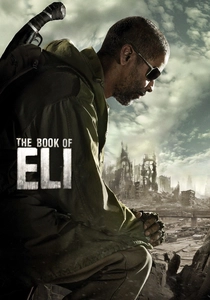
The Book of Eli (2010)
Description: In a post-apocalyptic world, a lone wanderer carries a book that holds the key to humanity's survival, making it a unique addition to the list.
Fact: The film was shot in New Mexico to capture the desolate, post-apocalyptic landscape.
 Watch Now
Watch Now
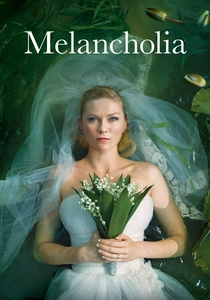
Melancholia (2011)
Description: This film explores the psychological and emotional impact of an impending planetary collision, offering a unique perspective on the end of the world.
Fact: Lars von Trier, the director, used slow-motion and Wagner's music to enhance the film's mood.
 Watch Now
Watch Now
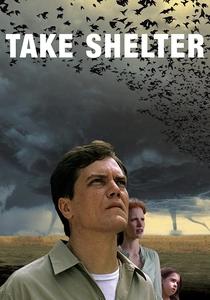
Take Shelter (2011)
Description: A man's visions of an impending storm lead him to prepare for the end, questioning his sanity and the reality of his premonitions.
Fact: The film was shot in Ohio, where the director grew up, adding authenticity to the setting.
 Watch Now
Watch Now
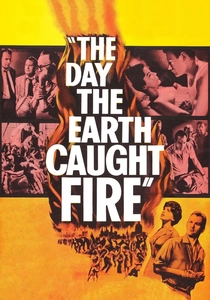
The Day the Earth Caught Fire (1961)
Description: A classic film where nuclear tests shift the Earth's axis, leading to catastrophic climate changes, showcasing an early take on man-made apocalypse.
Fact: The film was one of the first to use the concept of climate change as a plot device.
 30 Days Free
30 Days Free
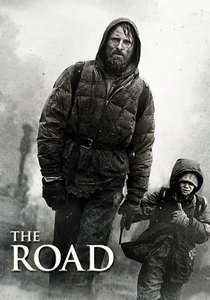
The Road (2009)
Description: Based on Cormac McCarthy's novel, this film depicts a father and son's journey through a post-apocalyptic world, highlighting themes of survival and human connection.
Fact: Viggo Mortensen lost significant weight for his role to portray the physical toll of the journey.
 30 Days Free
30 Days Free

